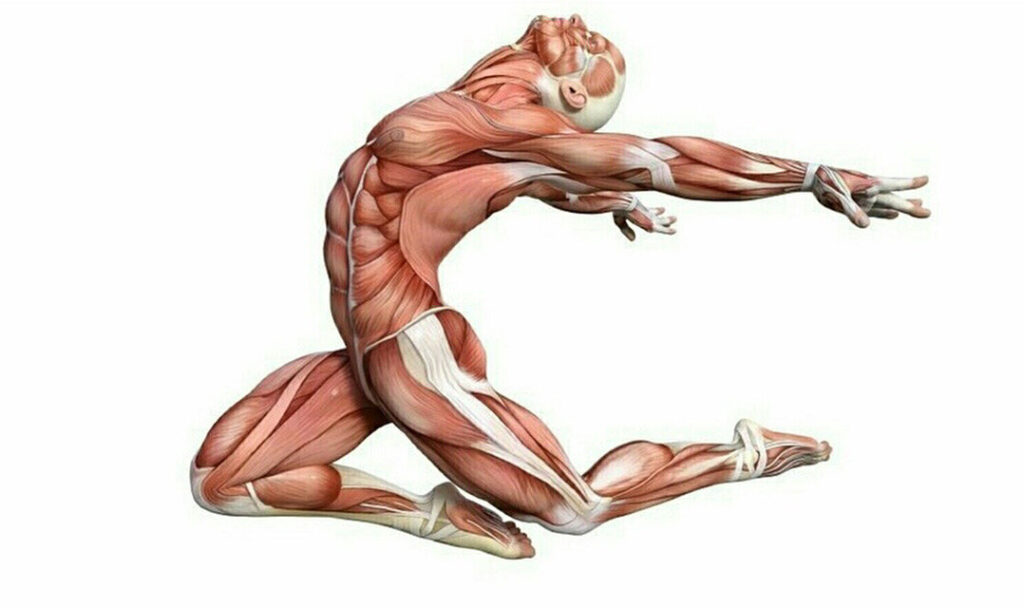Fascia is a component of connective tissue, a three-dimensional network of connective tissue that covers and separates muscles. Fascia helps us to keep our posture and move optimally without losing balance.
Role of fascia in the body.
Fascia is a film of elastic fibers that form an entire fascial network. Deep layers of it form the support of organs, support points for muscles, tunnels for blood vessels and nerves.
This tissue helps to maintain a structural balance in the body. The fascial fibers connect not only muscles with bone, but also muscles with muscles, as well as all the structures and supports of the body.
Muscles don’t attach to bones. The fascia is attached to the bones, which, entwining muscle fibers, passes through the muscle and around the muscle.
Now this subject is actively being discussed by osteopaths and body therapists. It is also very important for all coaches and people who have been injured or are engaged in rehabilitation.
Why is it important to understand the role of the fascial connective tissue?
There are much more nerve endings in the fascia than in the muscles. This makes the connective fibers sensitive to pain and sensations. Most sports injuries are actually injuries to fascial structures, not muscle tissue.
Tension in the fascia or their weakness can lead to a violation of posture, to uneven wear of the joints and intervertebral discs, to protrusions and back pain.
To restore the elasticity of the fascia and flexibility in the body, special exercises are needed.
Myofascial massage will work well (you can use a roller, balls) with a deep study of clamps and painful seals.
How seal or glue together?
The fascial tissue can be dehydrated, since it consists of water (due to lack of movement or repeated muscle overload) and its fibers come together and “stick together”, forming a knot or seal. If you leave them in this state for a long time, the adhesions of the fascia thicken, and the muscle “freezes”, which can be very painful.
Stretching can also be very useful, but it is important not to tighten the fascia when they are in chronic tension and not cause even more harm.
When we work with connective tissue, it gives a rejuvenating effect and significantly improves the psycho-emotional state, erases the negative from the memory of the fascia.
With the help of competent and proper work with the body, you can remove a lot of chronic pain, violations of posture, gait and even align the lines of the face.
Hatha yoga asanas are ideal for working with fascial tissue. These exercises lengthen the chains of the fascial tissue in various directions.
In addition, yoga effectively affects the entire nervous system and the body as a whole.

